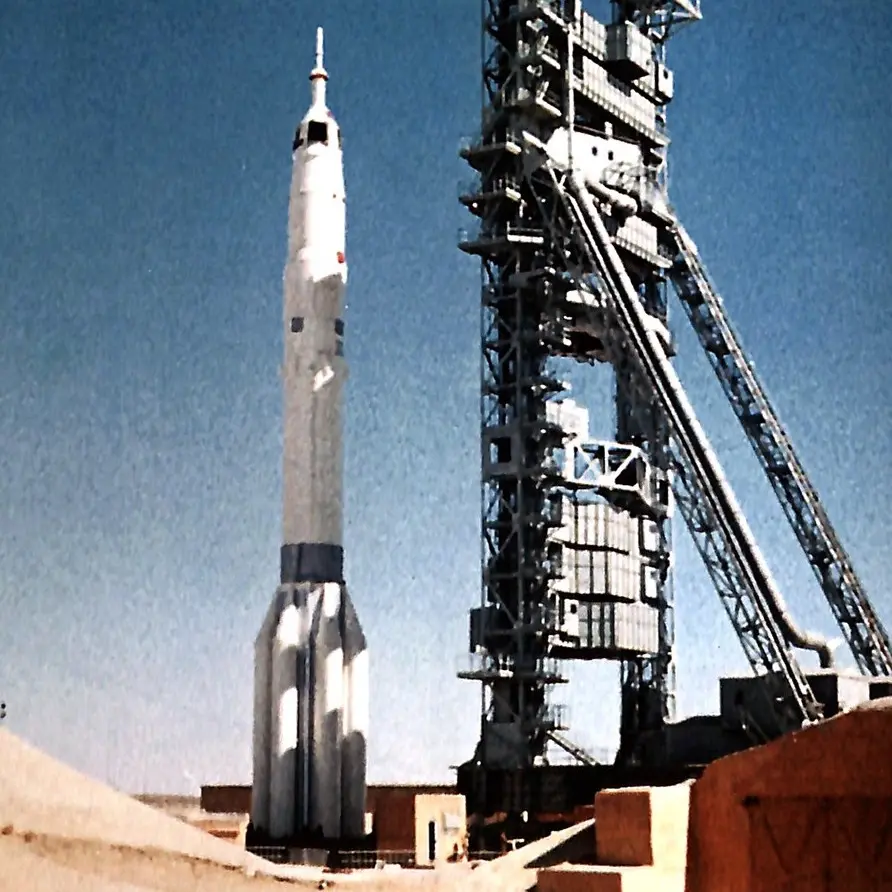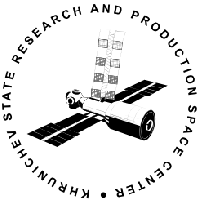Cosmos 1686 (TKS)
Launch Success
Liftoff Time (GMT)
08:41:42
Friday September 27, 1985
Mission Details
Launch Notes
Last flight of the TKS capsule.
Cosmos 1686
The TKS spacecraft (Russian: Транспортный корабль снабжения) was a Soviet spacecraft conceived in the late 1960s for resupply flights to the military Almaz space station. The spacecraft was designed for both crewed and autonomous uncrewed cargo resupply flights, but was never used operationally in its intended role – only four test missions were flown (including three that docked to Salyut space stations) during the program. The Functional Cargo Block (FGB) of the TKS spacecraft later formed the basis of several space station modules, including the Zarya FGB module on the International Space Station. The TKS spacecraft consisted of two spacecraft mated together, both of which could operate independently: - The VA spacecraft (known mistakenly in the West as the Merkur spacecraft), which would have housed the cosmonauts during launch and reentry of a TKS spacecraft, while traveling to and from an Almaz space station. - And the Functional Cargo Block (FGB) which, in order to resupply an Almaz space station, carried docking hardware, tanks, and a large pressurized cargo compartment. Furthermore, the FGB carried the on-orbit maneuvering engines for the TKS. While the VA carried the reentry hardware, and only minimal life support and maneuvering systems, the FGB would have been used as the primary orbital maneuvering system and cargo storage for the TKS spacecraft. The FGB could also be used alone as an uncrewed cargo module without a VA spacecraft, which enabled the FGB design to be re-purposed as FGB space station modules later on. The VA spacecraft, on the other hand, was also intended to be launched as "Almaz APOS", mated with an Almaz-OPS space station core as the primary orbital maneuvering system, instead of an FGB. This specific ship was an uncrewed TKS spacecraft which replaced landing and environmental control systems and seats with some scientific instruments including an infrared telescope and the Ozon spectrometer. Docked with Salyut-7.
Low Earth Orbit
1 Payload
17,510 kilograms
Rocket


Manufacturer
KhrunichevRocket
Height: 56.14m
Payload to Orbit
LEO: 20,100 kg
GTO: 0 kg
Liftoff Thrust
9,469 Kilonewtons
Fairing
Diameter: 4.15m
Height: 16.12m
Stages
3
Launch Site
Stats
Proton-K
129th
Mission
7th
Mission of 1985
Khrunichev State Research and Production Space Center
1941st
Mission
72nd
Mission of 1985
1985
89th
Orbital launch attempt